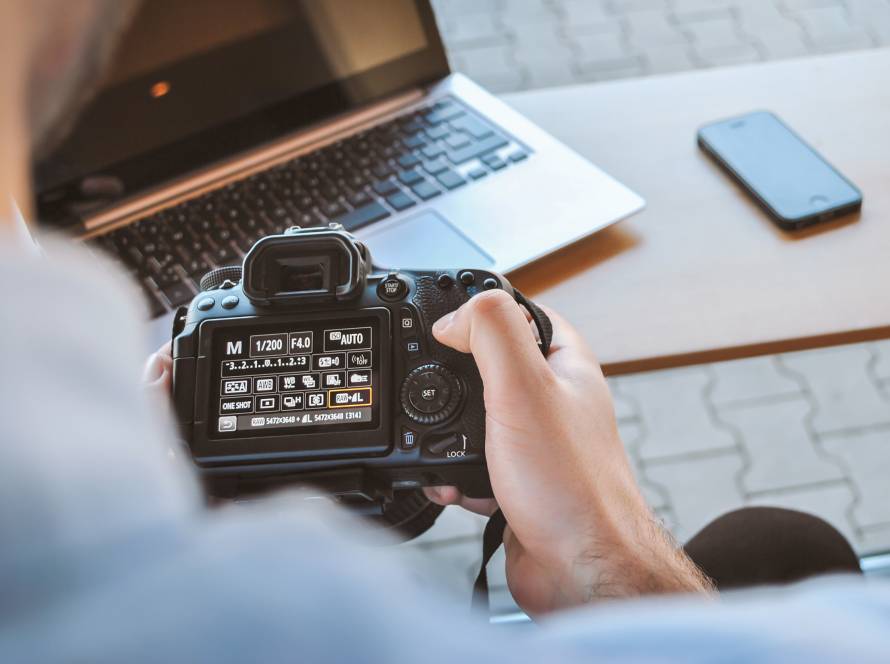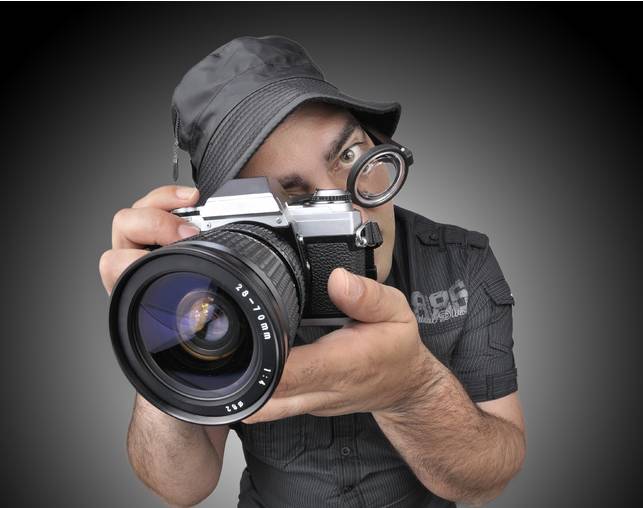: In the fast-paced world of local businesses, visual appeal has become a cornerstone for attracting and retaining customers. Product photography, in particular, has evolved significantly to meet consumers’ changing demands. This comprehensive article delves into the latest trends in product photography tailored for local businesses, offering a detailed exploration of each emerging aspect.
Local businesses such as e-commerce websites, furniture stores, and culinary establishments have successfully implemented these trends. For example, an e-commerce website may utilize high-quality and lifestyle-oriented product photos to showcase their products in use and enhance customer experience. Similarly, a furniture store may employ architectural and wide-angle shots to create an immersive online viewing experience, while a culinary establishment may feature vibrant and mouth-watering food photographs to attract customers and boost engagement on social media platforms.
- The Rise of Lifestyle Product Photography:
- Explore the transformative shift towards lifestyle product photography and its impact on consumer engagement. Discuss how portraying products in real-life scenarios fosters a connection with customers by helping them visualize items in their contexts. However, one potential challenge of lifestyle product photography is the need for extensive pre-production planning and setup, as it can be more time-consuming and labor-intensive compared to traditional product photography. Additionally, achieving the desired aesthetic and storytelling through lifestyle shots may require skilled photographers and creative teams. Another limitation is the potential for copycat or generic content, as lifestyle product photography has become increasingly popular and may be seen across multiple platforms, making it harder for businesses to stand out with truly unique imagery.
- Provide examples of successful local businesses that leverage lifestyle and product photography to enhance brand storytelling. This will enable them to resonate with their target audience. Lifestyle product photography has a more significant impact than traditional product photography on consumer engagement. By portraying products in real-life scenarios, lifestyle photography helps customers visualize how the items would look and function in their own lives, creating a deeper connection. It allows for storytelling and showcases the versatility of the products, which enhances overall engagement and increases customer interest. On the other hand, traditional product photography focuses solely on showcasing the product itself from different angles, which may not evoke the same level of engagement and emotional connection with consumers.
- Embracing Minimalism and Clean Aesthetics:
- Explore the trend of minimalist product photography, emphasizing simplicity. Discuss the benefits of clean backgrounds and straightforward compositions in highlighting product features and conveying sophistication. Storytelling is a crucial aspect of lifestyle product photography as it allows the images to convey a deeper meaning and resonate with the target audience. By incorporating narratives and storytelling elements into lifestyle shots, businesses can create a stronger emotional connection with customers and evoke emotions such as desire, inspiration, or aspiration. This not only enhances brand storytelling but also makes the product more memorable and relatable, ultimately increasing customer engagement and interest in the product or service being promoted.
- Offer practical tips and guidelines for local businesses to implement minimalist aesthetics in their product photography, ensuring a cohesive and visually appealing brand identity. To create a minimalist composition that still captures attention, start by choosing a background that is clean and neutral. Then, positioning the product in a way that is visually pleasing and allows for negative space. Use lighting to highlight the most important features of the product, and experiment with different angles and compositions to find the most visually compelling arrangement. Finally, be mindful of the color palette and props used, opting for simple and streamlined choices that enhance the minimalist aesthetic without cluttering the image.
- Interactive 360-Degree Product Imaging:
- Examine technological advancements driving 360-degree product imaging. Illustrate how this immersive experience enhances customer confidence and reduces uncertainty by allowing them to explore products from every angle. However, one of the main challenges with 360-degree product imaging is the potential for information overload. Offering too much visibility can be overwhelming for customers and make it difficult for them to focus on the key details and features they are looking for. Additionally, the technology required for 360-degree product imaging may be expensive or not readily available for all businesses, limiting its accessibility and widespread adoption. Finally, while immersive experiences can be engaging, they may not effectively communicate the overall value proposition or unique selling points of a product or service, relying solely on visual exploration without providing context and storytelling elements.
- Share expert advice on implementing 360-degree product imaging, including considerations for e-commerce platforms and the potential impact on conversion rates. 360-degree product imaging can have a significant positive impact on e-commerce platforms. It allows customers to thoroughly explore products from every angle, reducing uncertainty and increasing their confidence in making purchasing decisions. This can result in higher conversion rates as customers feel more informed and satisfied. Additionally, 360-degree product imaging can enhance the overall user experience by providing a virtual shopping experience that is close to in-store browsing, ultimately driving customer loyalty and repeat purchases.
- Incorporating Storytelling Elements:
- Deepen the discussion on incorporating storytelling elements into product photography. Showcase examples of businesses that have seamlessly integrated brand narratives, values, or production processes into their visuals. This has helped them establish a stronger emotional connection with consumers. Brand narratives play a crucial role in product photography as they allow businesses to convey their brand values, story, and identity through their visuals. By incorporating storytelling elements into their product photography, businesses can create a stronger emotional connection with consumers, making them more memorable and relatable. This helps to differentiate the brand from competitors and reinforces brand loyalty, ultimately leading to increased customer satisfaction and conversion rates.
- Provide a guide for local businesses on weaving compelling stories into product photography, emphasizing authenticity and relatability. Relatability plays a crucial role in establishing an emotional connection with consumers. When the product or service being presented is relatable, consumers are more likely to feel personal connection and empathy for the brand. This fosters trust, credibility, and loyalty, ultimately leading to increased customer satisfaction and conversion rates. By incorporating storytelling elements into product photography that highlight relatability, businesses can create a stronger bond with their customers and drive long-term success.
- Utilizing Augmented Reality (AR) for Virtual Try-Ons:
- Explore the growing trend of integrating augmented reality into product photography to enable online try-ons. Discuss the impact on customer experience, particularly in fashion industries, where AR allows customers to physically put on clothing and accessories. Augmented reality enhances the virtual try-on experience by allowing users to visualize how products would look on them without a physical try-on. This saves time and effort but also provides a more immersive and engaging experience. AR enables customers to virtually try on clothing and accessories. They can see different color options, and make confident purchase decisions based on their true size and style preferences.
- Offer insights into the implementation of AR technologies, addressing both the challenges and benefits for local businesses looking to adopt this innovative approach. Implementing AR for virtual try-ons can present challenges for local businesses. First, there may be technical considerations such as the need for specialized equipment and software. Additionally, there may be challenges in ensuring that the AR experience is accurate and representative, as slight differences in lighting or camera angle can impact how the products appear. Finally, there may be concerns about cost and logistics, as implementing AR may require significant investment and changes to existing systems and processes.
Conclusion:
In the dynamic landscape of local businesses, mastering product photography is an ongoing journey. By embracing these latest trends, businesses can meet but exceed customer expectations, creating visually compelling narratives that set them apart in the competitive global market. As technology and consumer preferences continue to evolve, staying attuned to emerging trends ensures that local businesses remain at the forefront of visual storytelling and customer engagement. Through a combination of creativity, technology, and community collaboration, local businesses can elevate product photography to new heights. This will establish a lasting impact on their target audience.




